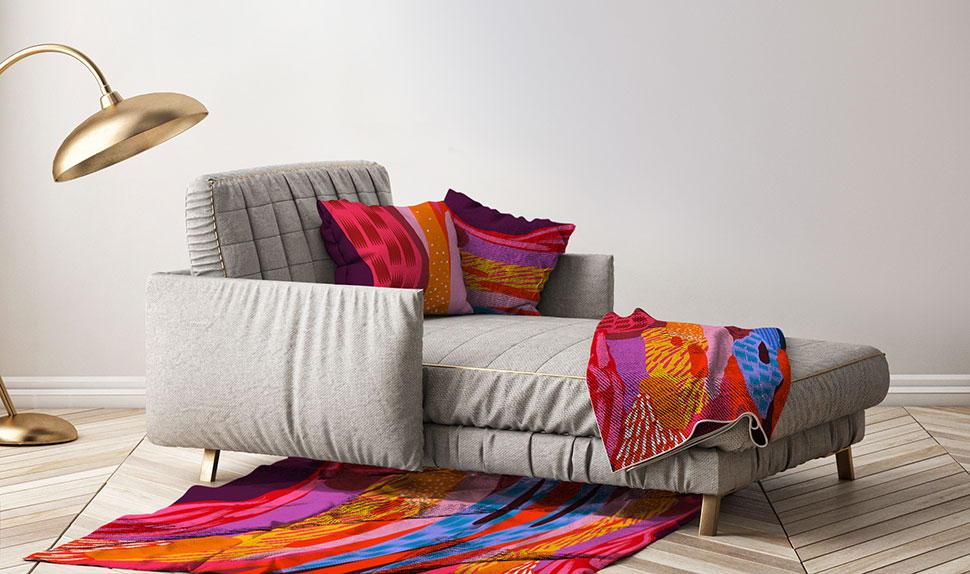Well, I think it’s safe to say that we are finally getting there, and we see some light at the end of the Covid-19 tunnel! Though we are all optimistic and happy that the vaccinations seem to be working, the glass, unfortunately, remains only half full.
We are only at the beginning of the new stepping-stones we need to manage the industry’s recovery from a highly damaging pandemic. Looking towards what the future may hold, we have to ask ourselves the question, can we recover or are we going to consolidate our losses and join other companies to merge and successfully continue the current and new paths?
Maybe we even need to rethink our strategies, see what we are really good at and stick to those jobs we know how to make best? We have invested in technologies that we might not need any longer, and we may even have to look at purchasing kit to sustain the current new business models.
Where do we go from here?
Coming out of this strange, unknown situation is not easy and demands a lot of rethinking. We need to take the time to talk to everyone –suppliers, customers and staff – about the future and how you see it. Everybody has gone through a similar change, and it is your prerogative to find out new customers’ wishes and demands before your competitor does.
Actively organising events such as open houses or sending out sample prints of your next great idea are going to be crucial to the survival of your company as the market moves forward from the pandemic.
Investing in new hardware is an option, but if you don't have the customers today, they will not be there tomorrow, so don’t just spend money for the sake of it.
For example, ERP software installations can be helpful if they offer web-based services, as this became one of the key trends during the pandemic. As such, e-commerce, online order systems and a good CRM system might just be the thing you need to progress. However, if the company infrastructure cannot handle the new online way, maybe it’s better to let it go and focus on what you know.
Out and about again
Now restrictions are being eased, you can get out to visit your customers again. Now more than ever, a face-to-face coffee and conversation will be so important to re-establish these relationships and discuss the needs and wishes of your customers.
Have we forgotten that we are social animals and very much enjoy the company of people and discuss and talk about new things? Digital communication was a good substitution during the pandemic, but not a solution, and certainly not something that will replace in-person meetings.
With this in mind, let’s look at some of the trends that came out of the pandemic. Though an increase in online sales was not really surprising given the circumstances, did you know that we tripled the amount of online e-commerce sites during the last 18 months? There is almost nothing you can’t buy online. However, it is also worth noting that scam and criminal sites have also grown, making security a big issue online today, so take care.
Interest in interior decorations is now much more than a fashion statement and is becoming a significant revenue driver for many companies. Bespoke furniture, wallpaper, kitchen cabinets and even ceramic cups and plates are all growing business. Some of the personal identity we lost during the pandemic needs to be re-established and what a better way than getting a new interior?
While textiles have been down in recent months and the production of fashion items halted, it will certainly restart – perhaps in a different way, but it will be back. General overcapacity in this industry is so large it will still need to realign itself, while event businesses will start printing again, though trade shows will be small and sparse in the next year.

Kitting up
It might be a good idea to look at all of the new equipment that has been developed or launched in the last 18 months. New additions include latex- and resin-based devices, UV flatbeds, solvent printers, hybrid printers, inks and substrates.
Despite the impact of Covid-19, the development of new technology did not stop, with all sorts of new solutions coming to market. In fact, this may have been the opportunity for manufacturers to develop new products in less pressured environments, giving them time to think and modify before launching.
I know some companies reorganised their workflows or are in the process of doing this, but there is always something you can do. If you think it might be too late for you, it isn’t, and you can still do all of this, albeit it with some level of care. Keep your investments to the level you can afford, don't overspend because of the “maybe”, and only spend based on why you need it.
Finally, the International Air Transport Association says that by the end of 2023, air travel will be the same as the beginning of 2020, so there is hope and belief in a sector that has been hit very hard. Hospitality, trade shows and tourism are big print consumers, so that is a great outlook for the future!
Looking ahead
Here in the print world, we can take a lesson from these big airlines; they did not sit and wait, they invested in new aircraft, online developments, sustainability and regrouped with their partners and developed stronger bonds. The three largest alliances – Star Alliance, Sky Team and OneWorld – are now working together to facilitate one voice to governments and customers.
So, what is the main lesson we learnt during the pandemic? It’s that we need to reconnect with our userbase, not losing sight of what we do best, and also be competitive in what you are offering.
Happy printing and enjoy rekindling relationships with a coffee or beer at your next event or trades how. Discuss the future of your company and restart fresh.
See you soon…
Authored by Mike Horsten,
ZEMT Consultancy and freelance writer. Founder of Texsmart.
mike@texsmart.nl
www.texsmart.nl





